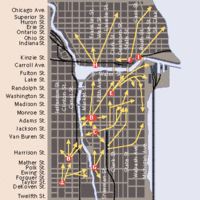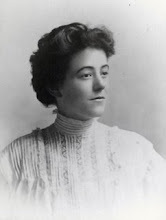
Me!
Today is one of my favorite days of the year. Why? Not what you probably think.
It is pretty annoying when 60 or 70 little bipeds climb the steps to ring your doorbell begging for candy which you don’t even eat yourself, or in my case, aren’t allowed to eat. I wouldn’t mind so much if a few of those Snickers made their way into my treat box, but the vet is no darned fun, and management listens to him like he’s God or something. Chocolate is supposed to be bad for dogs. Did they ever ask even one dog about this foolish supposition? I didn’t think so.
The reason I like this day so much is that I get to show off all night. Every time someone bangs on the door or yells, “Trick or Treat!” I bark and carry on like it’s the Rapture. As a special bonus, sometimes I scare someone, and they run away.
One year I was so successful at this, a little person dropped his trick-or-treat bag, losing a Three Musketeers bar and a Saf-T-Pop in the rush to get away from the fearsome Corgi. Ha ha ha. The best part was that management didn’t realize there was plunder in the yard the next day until she saw me chewing on the sucker stick and then spied the candy bar wrapper remains. (I hardly had time to get the whole wrapper off, and in retrospect I suppose it would have been smarter just to eat the candy wrapper and all.)
I got yelled at, but so what?
Just now I had one of the cats knock over the trash can so I could smell the bag the Milky Ways and Hershey’s came in. If I could bring myself to be a little nicer to the feline crowd around here, I might convince one of them to filch a few goodies from the table by the door, and then I could hide them under the couch, or just eat them real fast, but I have my pride to consider.
















